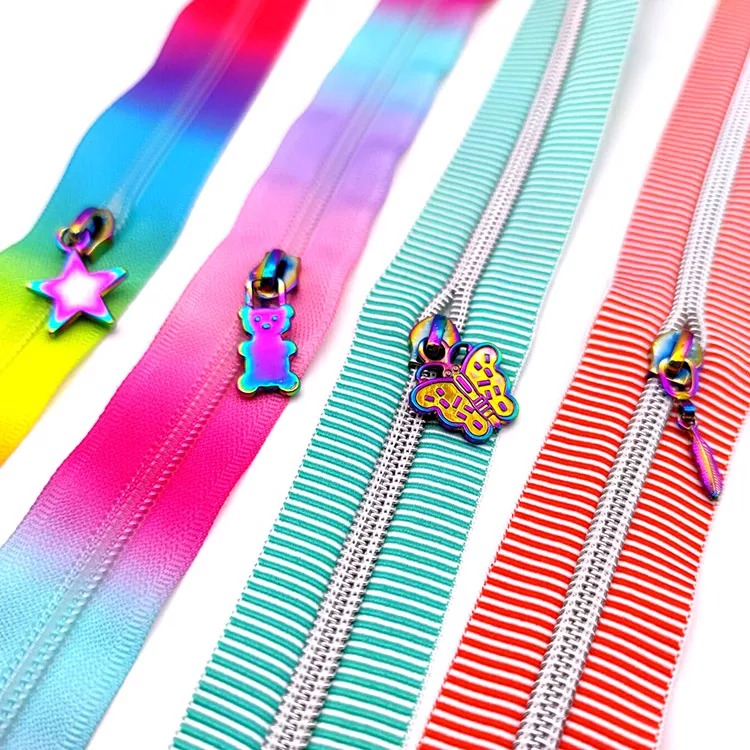The zipper, a seemingly ordinary everyday item, has quietly revolutionized the way we dress, the design of our possessions, and even the efficiency of our lives. From the first patented design over a century ago to the sleek and intricate zippers we have today, This small but mighty invention has left an indelible mark on the world.

The Birth of the Zipper
The zipper's story began in the late 19th century when Elias Howe, the inventor of the sewing machine, received a patent for a "continuous clothing closure" in 1851. However, Howe's design never gained popularity. It wasn't until 1893 when Whitcomb L . Judson, an American engineer, introduced the "Clasp Locker" at the Chicago World's Fair that the world saw a practical zipper concept. While it wasn't an instant success, it paved the way for further innovations in fastering technology.
Becoming a Household Name
The term "zipper" itself was coined in the early 20th century when B.F. Goodrich, a tire manufacturer, began using Judson's fastener on its rubber galoshes. They dubbed it the "zipper boot," and the name stuck. By the 1920s, the zip per had made its way into fashion, and it became a symbol of modernity and convenience. It replaced buttons and hooks in clothing, offering a faster and more secure closure.
The iconic fashion designer, Coco Chanel, was one of the first to embrace the zipper in high fashion. Her designs featured zippers prominently, helping to cement their status as a chic and stylish choice. The zipper was no longer just a practical faster; was a fashion statement.
Functionality Beyond Fashion
While the zipper's impact on fashion was undeniable, its utility extended far beyond the runway. Zippers began to appear in various everyday items, such as bags, shoes, and even tents. This made it easier to secure and access belongings, reinforcing the no of convenience and efficiency.
ONE of the Most Significant Advancements Came with the Development of the "Invisible Zipper" in the 1960s, Which Allowed Zippers to Be Seamlessly Concept Wi Wi Thin Garments. This Innovation Not only improved the Aesthetics of Clothing But Also Made them More Comfortable to Wear.
The Zipper's Influence on Modern Life
The zipper has played a crucial role in modern life, extending its reach into numerous industries:
Automotive: Zippers are used in convertible tops, seat covers, and various interior components of cars to improve durability and aesthetics.
Luggage and Bags: Suitcases, backpacks, and handbags often rely on zippers for secure closures and easy access.
Sporting Equipment: Zippers are used in sports gear like wetsuits, ski jackets, and hiking boots, enhancing both function and comfort.
Outdoor Gear: Tents, sleeping bags, and rain jackets rely on zippers for weatherproofing and ease of use during outdoor adventures.
The Future of Zippers
In the 21st century, zippers continue to evolve. Technological advancements have led to innovations like water-resistant zippers, fire-resistant zippers, and even zippers with integrated smart technology, such as those found in heated clothing. These developments not only improve the functionality of zippers but also cater to modern consumers' demands for sustainability and durability.
As we move forward, it's clear that zippers will remain a staple in our daily lives. They'll continue to marry form and function, bringing us convenience, security, and style in a single, unassuming package. The zipper's incredible journey, from a patent in the 19th century to a ubiquitous part of modern life, is a testament to the power of innovation and the impact of small yet transformative inventions. It's a reminder that the most ordinary objects often have extraordinary stories to tell.


